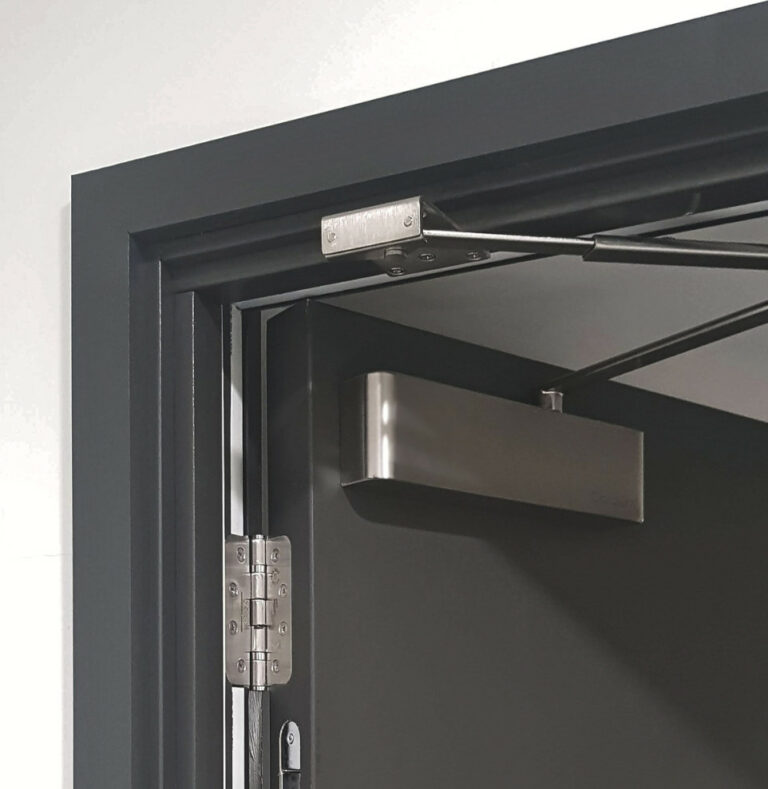From 1st February 2024, the government will put a ban in place for the UK sale of T5 and T8 linear fluorescent lamps.
These are the last in a series of phased bans aimed at removing high energy fluorescent lamps from shop shelves in the UK; fluorescent T8 Tubes (2-foot, 4-foot, and 5-foot) were banned from sale on the 1st September 2023, other T8 lengths were banned from 2nd September 2023.
The Government brought these into effect for two main reasons. Firstly, fluorescent lamps are inefficient and, secondly, they contain the toxic substance mercury.
However, the lamps remain in widespread use across the country. Yet the built environment needs to help accelerate the Government’s aim of a ‘brighter and cleaner’ future for lighting. Now is the time for facilities managers and building owners to act and review their existing fluorescent lighting systems in line with Net-Zero aims.
Importantly, switching from energy guzzling fluorescent lamps to efficient LED alternatives can help organisations reduce their energy demands and energy costs. This also helps meet the environmental element of any ESG (Environmental Social Governance) goals in place. This matters because a robust ESG strategy is an increasingly important component for business growth.
Fluorescent lamps: outdated and inefficient
Fluorescent lighting has been prevalent in commercial, educational, healthcare, manufacturing, and other settings ever since it was introduced in the 1930s. Its popularity was due to its characteristic of providing very even illumination over a wide area rather than from a small and intense source.
Phasing out fluorescent lamps is part of a much broader and tighter energy efficiency strategy for electrical appliances. The Government announced a phase-out of higher energy halogen lightbulbs in 2018. This saw the complete ban of halogen bulbs for household use come into effect in September 2021 - and a push towards more energy efficient LED lights.
Transitioning to LEDs: Sustainable lighting that achieves ESG goals
Many organisations have made the switch to more energy efficient LED lighting in recent years but there are still hundreds of thousands, perhaps millions (no official estimates exist) of fluorescent fixtures still used across the country in schools, hospitals, offices, shops, and other buildings.
Switching to LED represents a relatively small, yet cost effective, sustainability gain as well as a health and safety gain. They use up to 80% less energy than fluorescent lamps and can last anywhere between two to four times longer than their fluorescent counterparts. As well as delivering increased performance and having a longer life, LED lighting has an easier maintenance regime, with extended intervals between servicing. LED lighting is also made of components that can be recycled, helping to reduce waste – and reducing waste is another vital component of any ESG strategy.
By delivering energy and carbon savings, a switch to efficient LED lighting can help fulfil the environmental element of any organisations’ ESG strategy. This ultimately offers progress towards net zero goals.
For more industry leading content, visit T-Word: Powered by Tamlite Lighting



















